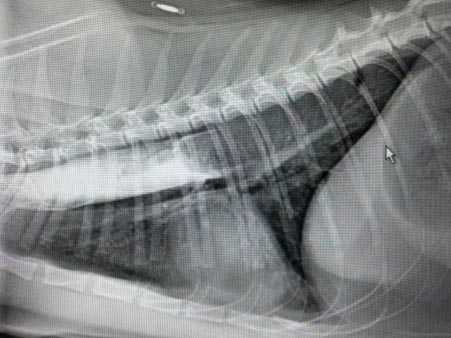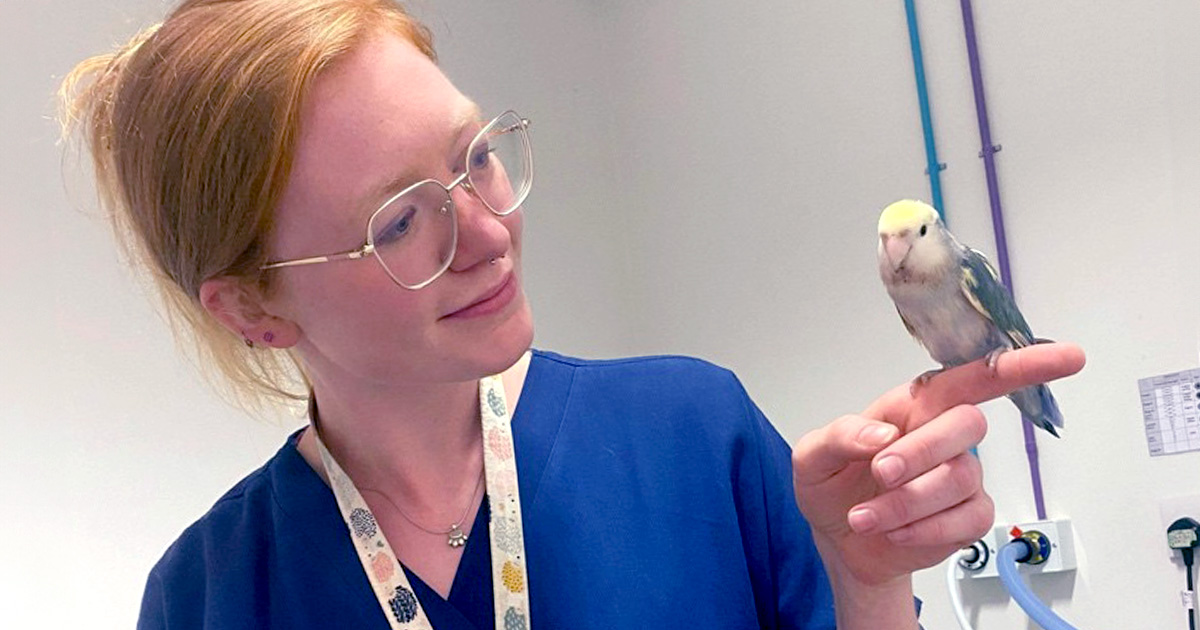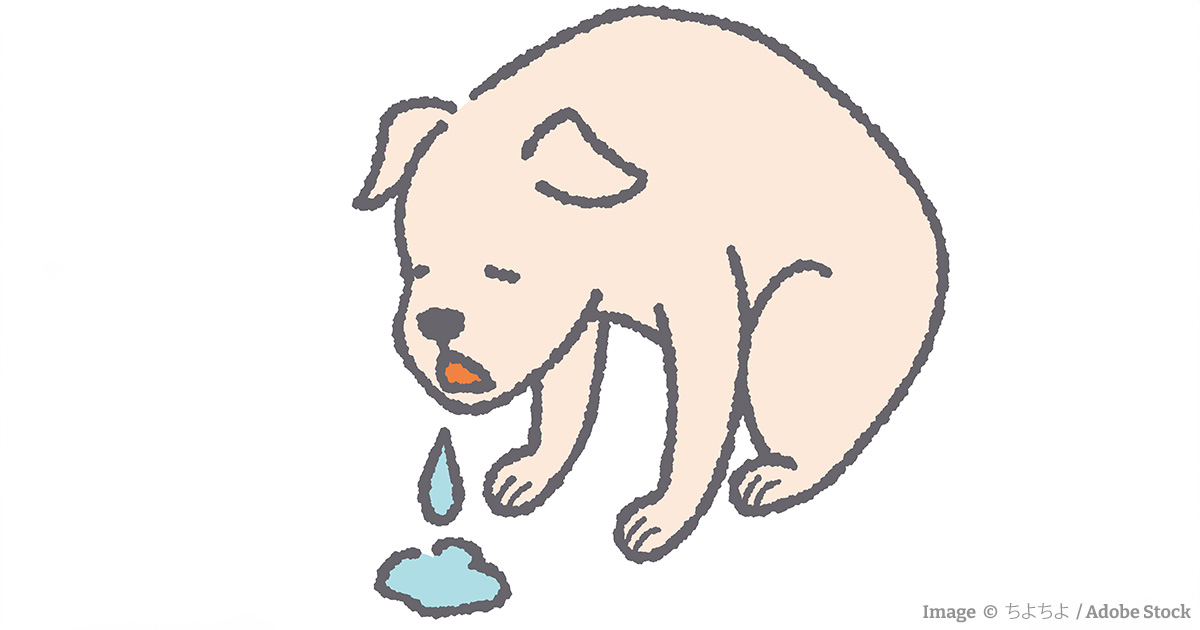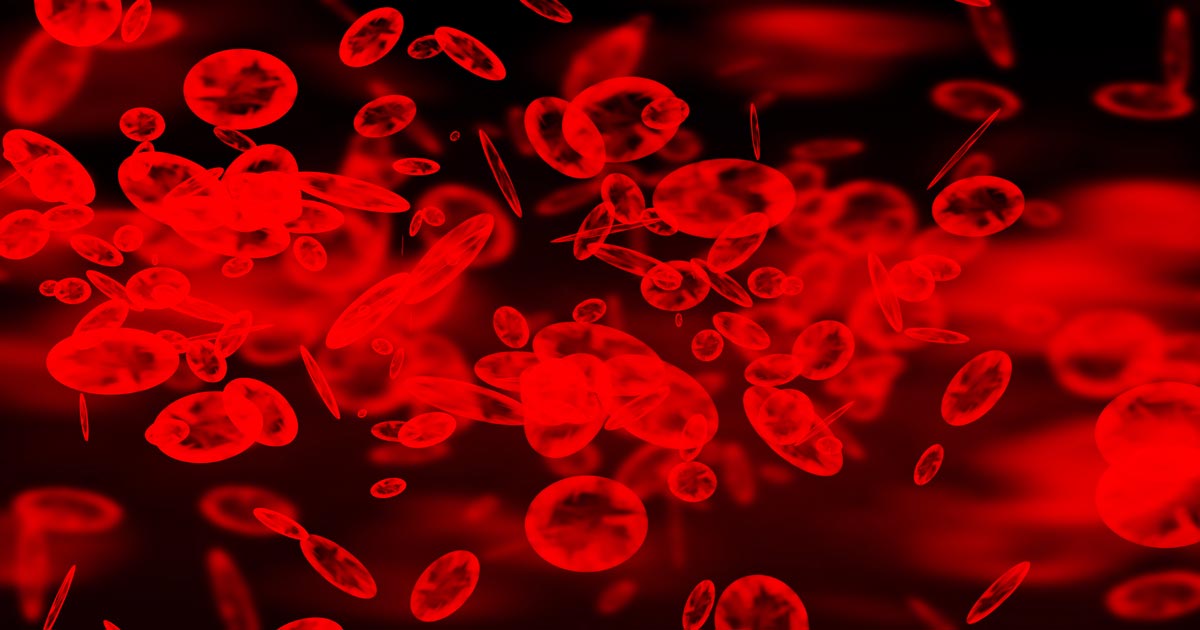Tag: Dogs
-

Highlighting oesophageal foreign bodies on radiographs
—
by
QUICK TIP: Need to know if there is an oesophageal foreign body but can’t be certain on radiographs? We have all been in the scenario where we are unsure whether there is an oesophageal foreign body on the radiographs we have just taken. You might think of using a contrast medium to help, and the…
-

Avian anaesthesia
—
by
Did you hear about the grumpy owl with an upset stomach? He had irritable owl syndrome… Birds are a case of fight-or-flight (almost literally) for staff in the veterinary practice, especially when it comes to anaesthesia. Many will avoid due to a lack of experience, uncertainty, or a fear of the patient’s delicate nature, yet…
-

Head trauma, part 1: prognosis and management
—
by
Over the next few posts we are going to tackle head trauma, starting with some basic pathophysiology, determining a prognosis and then covering the principles of management. The injury sustained by the brain is divided into two types or phases: primary and secondary. Primary brain injury refers to the immediate injury sustained as a result…
-

Rabbit versus IV
For small, fluffy, adorable creatures, rabbit care can actually be a huge challenge in the veterinary practice. They are seen to be more difficult and fragile than the standard cat or dog, and some of the veterinary team are unsure of the best protocol when handling and hospitalising. Rabbit anaesthetics and their recovery carry a…
-

Induced vomiting from the nurse’s perspective
—
by
New RVN author Dale Gillies starts off her Vet Times blogging career with a tasteful little piece about the best ways to make a dog revisit its last meal…
-

Oh, CR*P! Using point-of-care C-reactive protein tests
—
by
Few companies now offer affordable point-of-care tests for canine C-reactive protein (CRP). As we did when we recently received our new box of CRP slides, you might soon be asking the question: what do we even do with this stuff? Here’s what we’ve learnt… CRP is one of the acute phase proteins produced by the…
-

Managing thrombocytopenia in cats and dogs: part 2
—
by
Last week we discussed the causes and diagnostic pathway for investigating immune-mediated thrombocytopenia. This week we will go through the management of this condition. Despite the fact red blood cells are not actually being destroyed, a severe anaemia can develop from blood loss due to coagulopathy – a common reason for why they present to…
-

Managing thrombocytopenia in dogs and cats: part 1
—
by
Thrombocytopenia is a condition characterised by a decrease in platelet numbers, which is often caused by increased destruction of platelets or a decrease in production. Thrombocytopenia can manifest in many ways – the signs can be subtle and easily missed, such as small petechiae on gums, or quite obvious signs, such as large areas of…
-

History keeps repeating…
—
by
I’m deep into chapter four of my PhD and the consequences of contagious livestock diseases and veterinary interventions are key to the veterinary journey. In the past, decisions taken on animal health were based on protecting human health, while the welfare of the animals was a secondary consideration – if it was even considered at…
-

Using lactate measurements in general practice
—
by
Several easy and affordable ways exist to measure lactate in general practice, which means the clinical applications of monitoring lactate is no longer the reserve of specialist and emergency centres. But why and how should you be using it in general practice? What is lactate again? When oxygen is not effectively delivered to cells throughout…